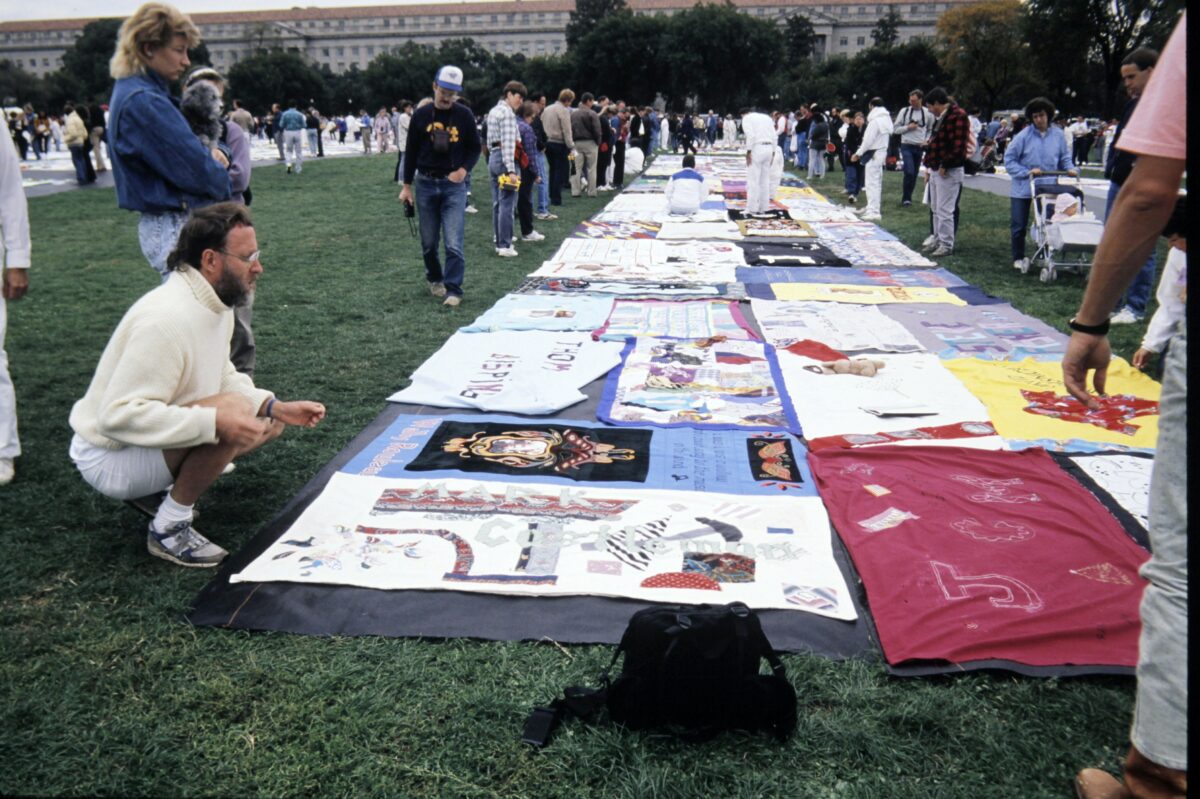Online Archives
RHP makes its digitized materials available through various portals.
- The Archives Catalog contains records for all RHP collections, hundreds of digitized files and links to digitized recordings, including more than 350 oral histories. This is the first place you should search for information on our holdings. Access and use guidelines are described in each record.
- The RHP YouTube channel features digitized recordings of historical news footage, films and public events, including recordings of RHP’s public panels.
- The RHP Internet Archive channel contains primarily sound recordings (historic radio and other audio-only files) and certain films and other copyrighted recordings.
- Our Places and Spaces social geography database documents locations important to the D.C.-area LGBTQ community and includes basic data known about the location. It is a work in progress and additions from the public are always welcome.
- RHP Exhibits are online presentations of research projects. It is hosted within the Archives Catalog. We welcome new exhibitions and research projects created by anyone.
- The RHP Google Drive contains files that have been digitized but cannot be placed online for such reasons as restrictions placed by donors or photographs (files are too large/costly to host in other platforms). These require access; contact us if you have a request.
Collections spotlight
The AIDS Quilt was conceived by San Francisco activist Cleve Jones in 1985. He encouraged people to write the names of those lost to AIDS on signs they then taped to the San Francisco Federal Building in protest. The wall of names began to look like individual pieces coming together to make a quilt. This resemblance gave the act a lasting physical form, universal understanding and emotional recognition. This act of protest grew into a national movement to commemorate those lost to AIDS.
The AIDS Quilt was conceived as both a memorial and celebration of life. The NAMES Project, which cares for the Quilt, had branches across the country and first displayed the Quilt on the National Mall during the October 1987 National March on Washington for Lesbian and Gay Rights. Washington D.C.’s National Capital Branch of the Names Project was active in recruiting and training volunteers, teaching people how to sew quilt panels honoring their loved ones, fundraising and publicity. They sucessessly worked to have President Bill Clinton and First Lady Hillary Rodham Clinton experience the Quilt when it was displayed on the National Mall in 1996.
Rainbow History Project’s archives includes four boxes of AIDS Quilt-related materials, including a 1994 banner, photographs, newsletters and other documents.
Learn about the AIDS Quilt collection in Rainbow History Project’s archives and see digitized items.
Photo: Julie A. Salter Collection, Rainbow History Project
